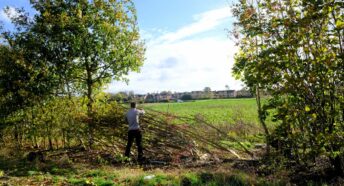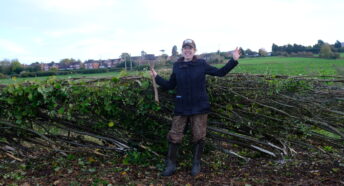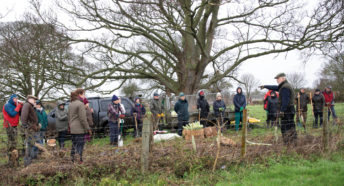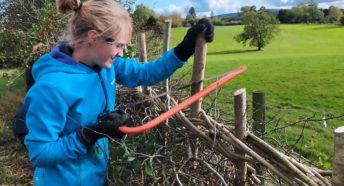Hedgelaying: a countryside craft
Hedgerows are good for wildlife and an appealing sight across our landscapes. But they can only flourish with expert help – and that’s where England’s hedgelayers come in.
We often take them for granted, but the hedgerows criss-crossing the English countryside are the vital stitching in the patchwork quilt of fields. ‘They don’t just act as a barrier to keeping livestock in place’, explains Claire Maymon, a hedgelayer and trustee at the National Hedgelaying Society. ‘They’re a perfect corridor for wildlife and a safe place for birds and small animals to nest.’
But English hedgerows are in decline. ‘In a 2007 Countryside Survey, only 48% of hedgerows were in what we’d call a good structural condition,’, Claire explained, ‘and in some places, this figure was as low as 10%.’. It’s easy to forget these fixtures of our landscape are manmade, after all – and where hedgerows are failing, the skill of a hedgelayer can make all the difference.
An age-old craft
So what is hedgelaying? ‘It’s a historic method,’ Claire explains, ‘to match our historic hedgerows, some of which are more than 800 years old. You cut through the hedge stems almost completely, then lay them at an angle to the ground. Laying the branches (‘pleaches’) down like this invigorates growth where they’ve been cut, so gaps in the hedge fill up and the hedge looks younger and fresher.’
Machines never have quite the same effect and can actually harm the hedgerow, so there’s a real advantage to having hedges laid by experienced hedgelayers. Anyone can cut and lay hedge stems, says Claire, but experience is all. ‘The longer you do it the more you learn a sort of forward vision and how to get a feel for the hedge you’re working on. You become aware of how wet or dry your hedge is, how easily or not your pleaches will cut… Working out where and how to cut your pleach is a skill that only experience will give you.’
‘And it’s pretty physical work, says Claire, ‘I don’t know of any hedgelayers that attend a gym!’
A fresh air job
For Claire, the appeal of working as a hedgelayer is clear. ‘From a distance, I’d always admired the beauty of a laid hedge, and I’ve always worked on the ground or in nurseries so enjoyed being outside… It’s hard to put into words the complete satisfaction and reward you feel when an old, muddled up mess of a boundary has been transformed into an eye-catching and very beautiful piece of living hedge.’
The craft is passed down by skilled teachers, one of whom Claire learned with. ‘Sadly, it was someone that passed away that made me realise that if I didn’t learn soon, I might never! I was very fortunate to meet Mr John Savings, a legendary Oxfordshire based hedgelayer, who fired me with enthusiasm and was my tutor on several courses.’
Laying down the future
This age-old craft is sustained by new hedgelayers coming through, each learning the style specific to their local area. Fancy yourself as a hedgelayer? Claire suggests looking for courses running in your area, such as those run by her local AONB, or at courses and events listed on the National Hedgelaying Society’s website.
In the meantime, she’ll continue to enjoy this rewarding craft and the time in the countryside that it affords her. Her favourite part of the English countryside? ‘My family are Worcester-based, going back many generations, so I would have to say that Worcestershire countryside takes some beating. The Yorkshire Dales, too, are special – although quite lacking in laid hedges!’
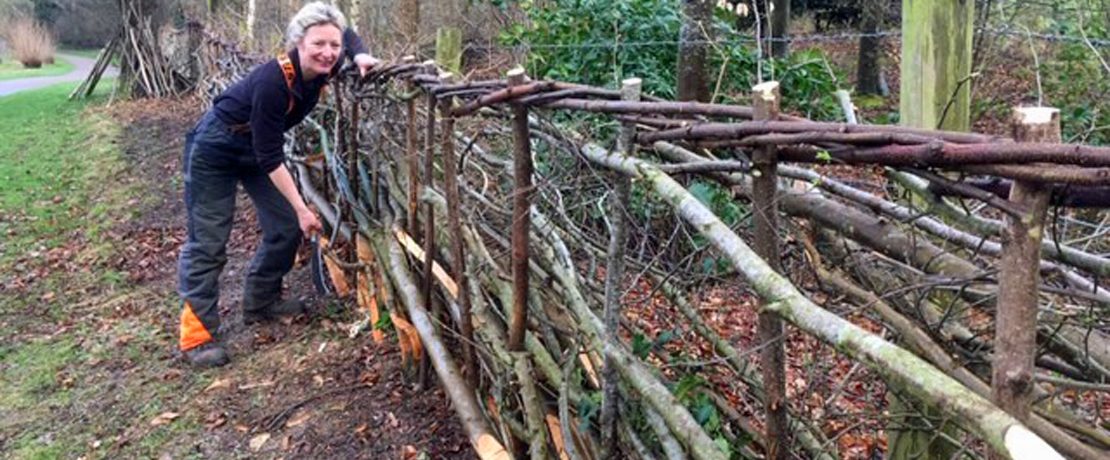



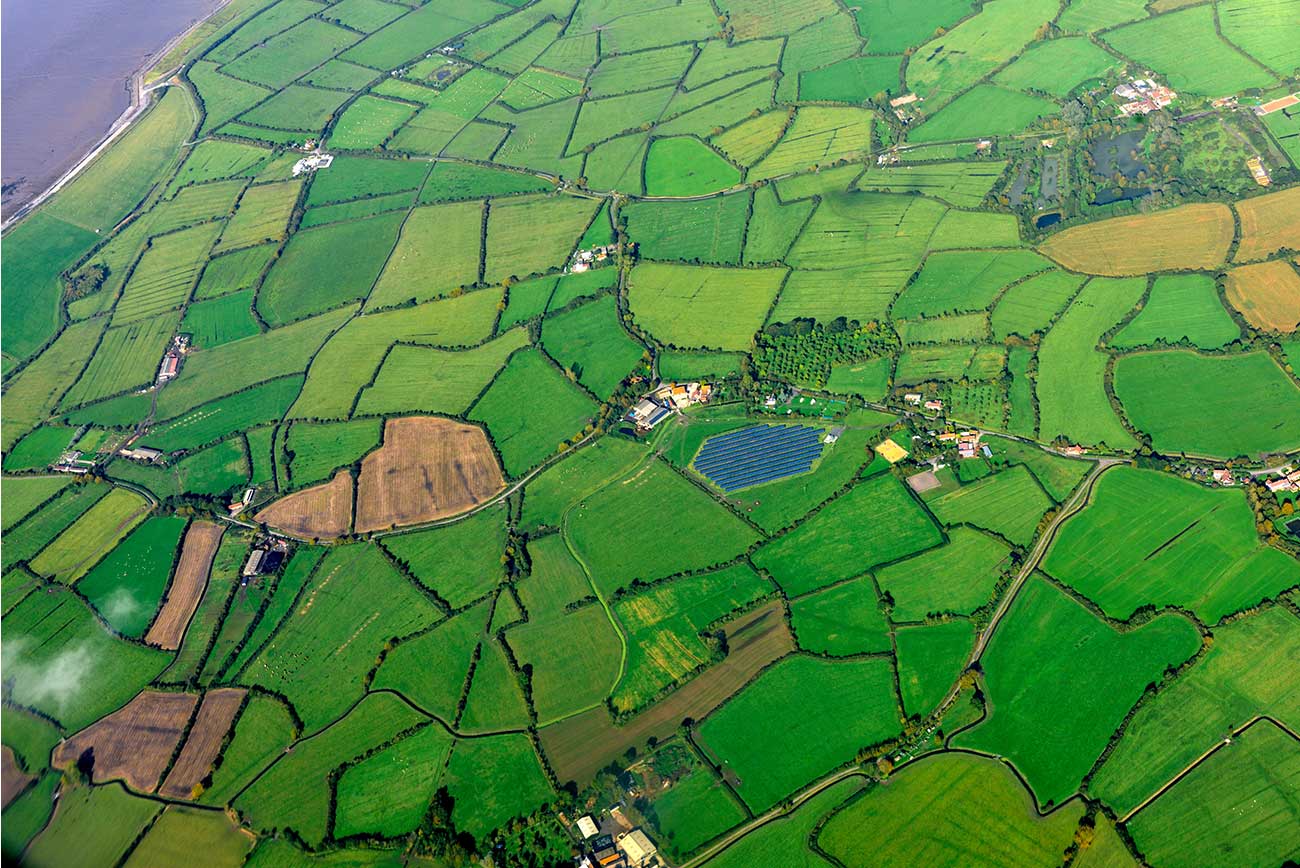
 10 min read
10 min read 